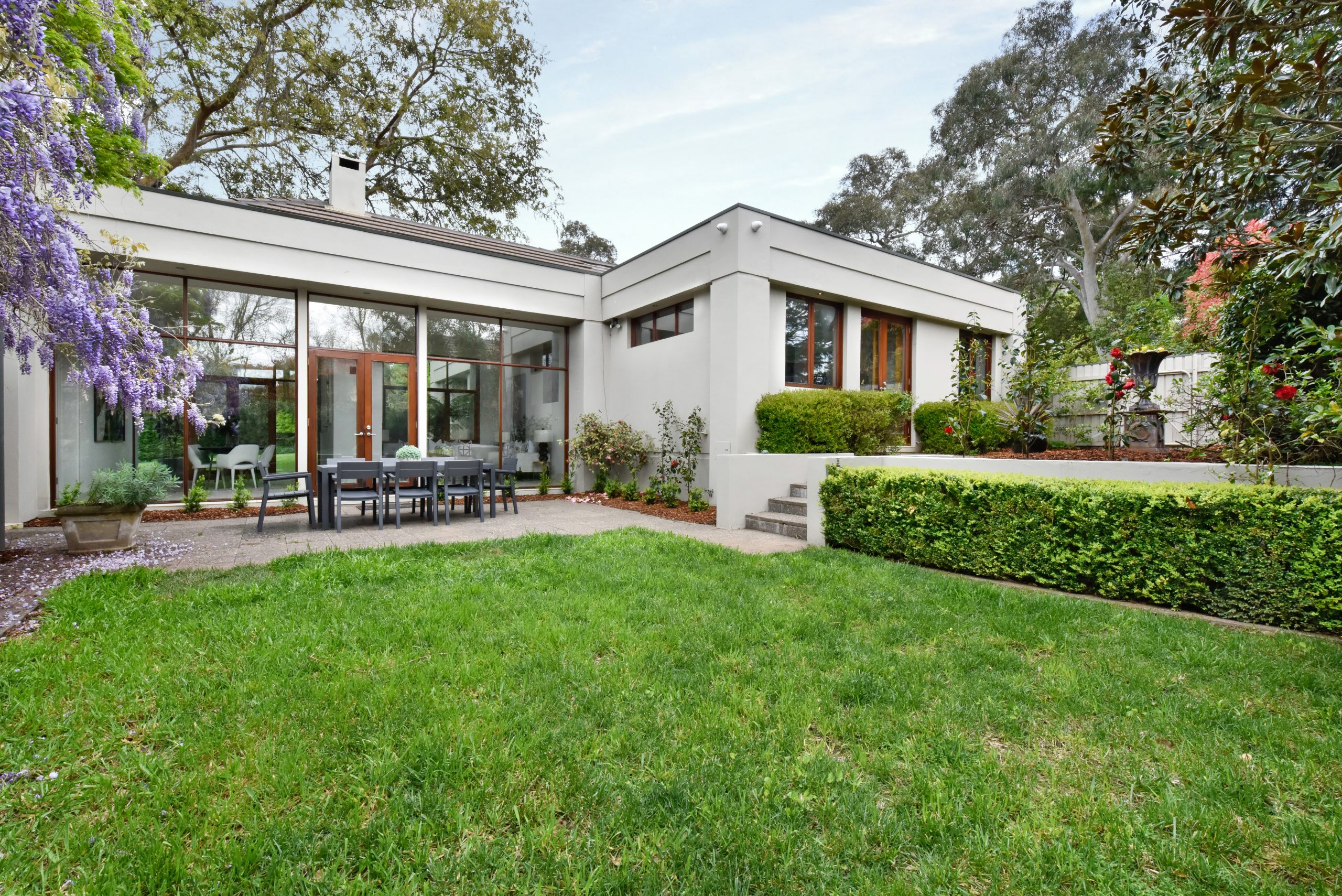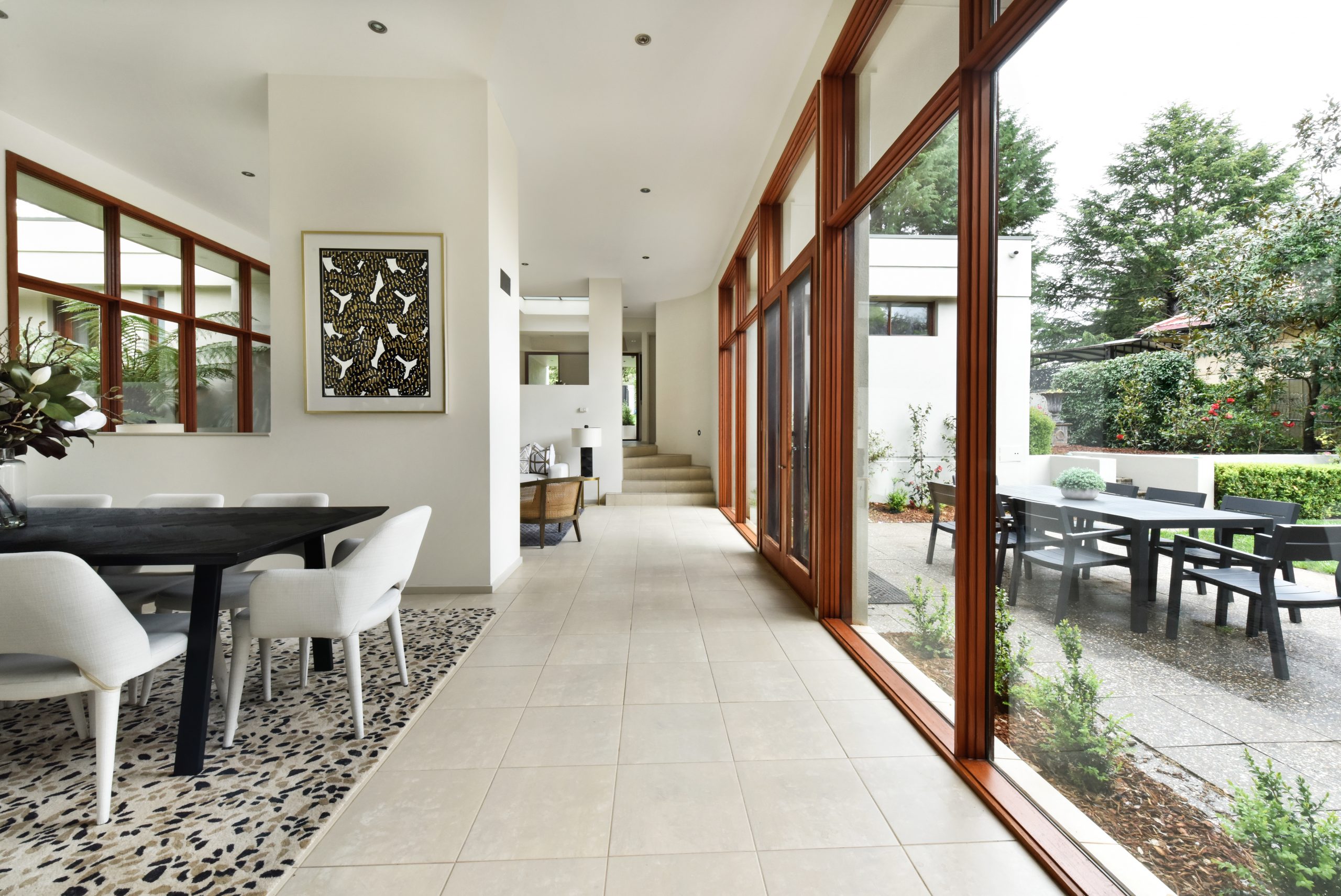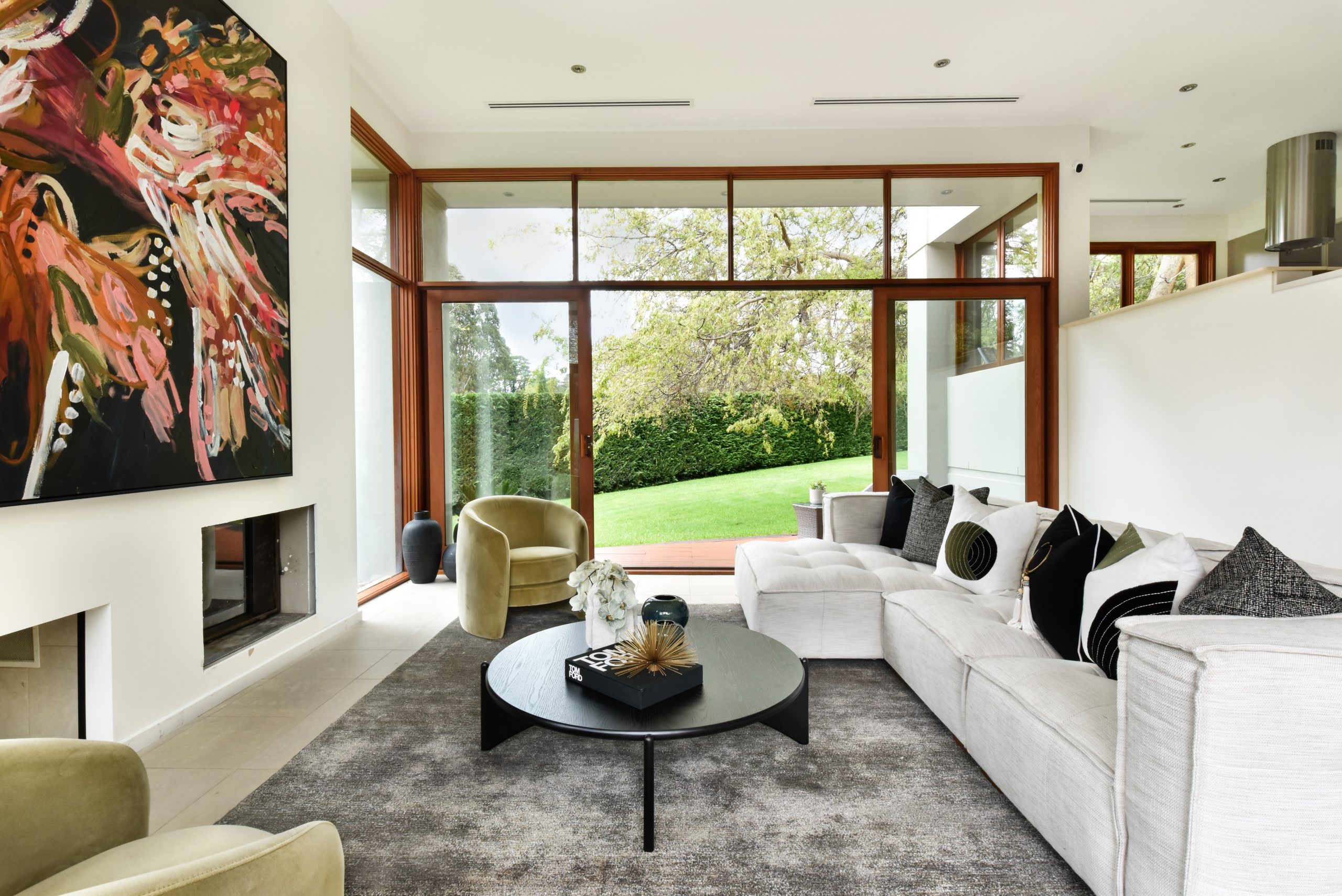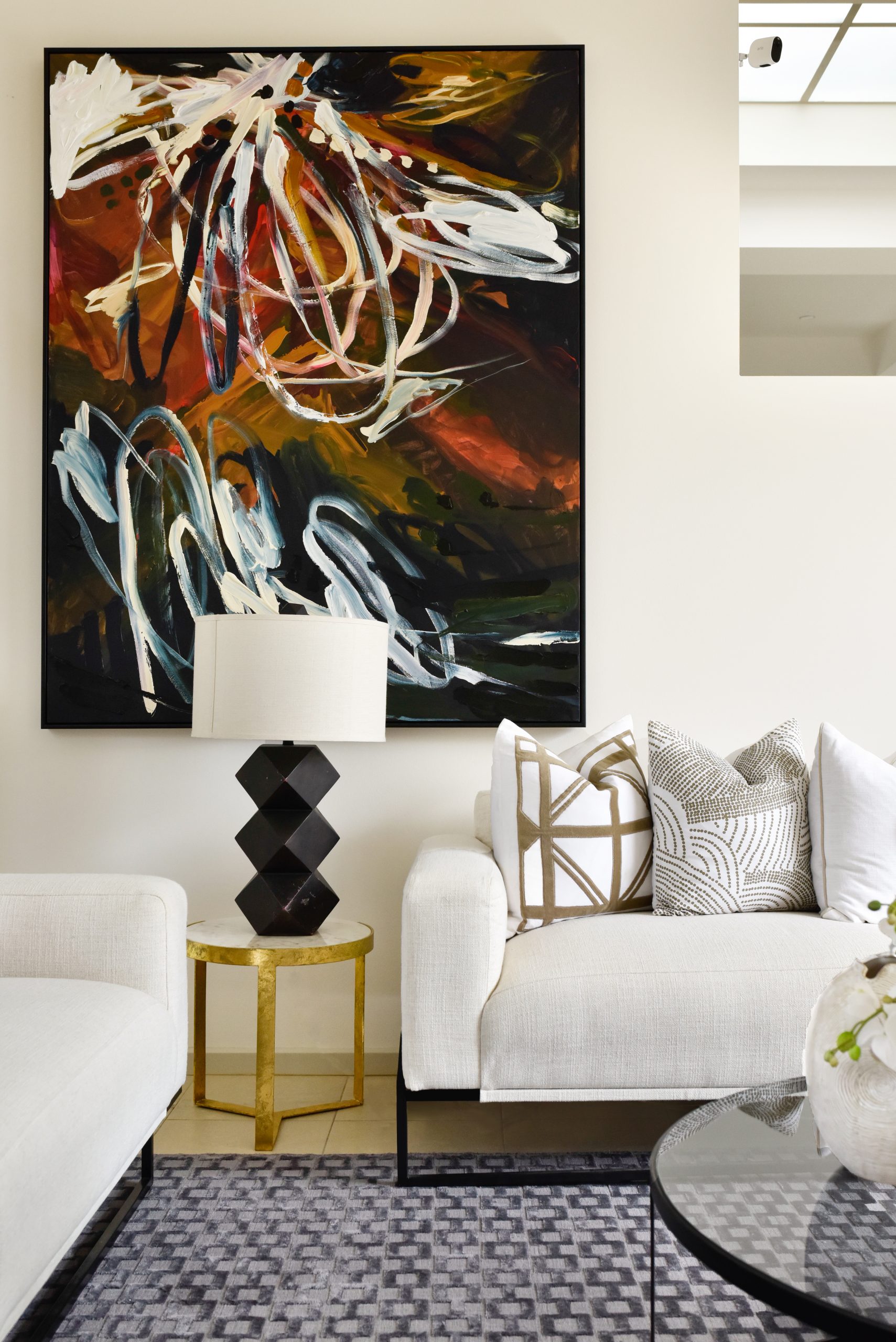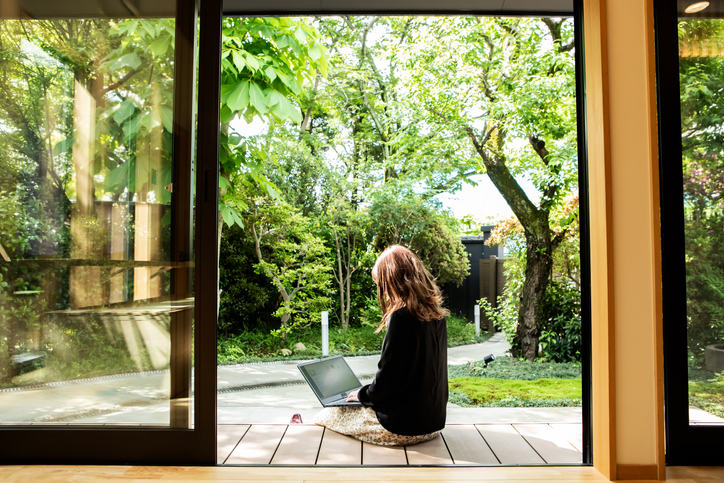The game’s afoot for a Canberra home in this tightly held precinct
It’s your move as this classic Canberran home in the prestigious Golden Triangle hits the market
A rare opportunity to buy into one of the Canberra’s most exclusive enclaves has presented itself with the listing of 11 Wickham Crescent, Red Hill.
The four-bedroom, three-bathroom home also has a study for those planning to work from home, while two separate double garages provide ample storage for cars.
Designed by renowned local architect Peter Byfield, who is responsible for designing other homes in Red Hill, the property was built and owned by Col Alexander, founder of CIC, and has had neighbours including Sir Rupert Murdoch, and property developers Barry Morgan and his wife Stacey, Barry Morris and Graham Potts.
Listing agent, Cinti Kyam from The Agency, said the vendor, Dino Jugovac has shifted his attention to his 600-acre farm to accommodate his growing family and love of aviation. She said the Wickham Crescent property represented a ‘once-in-a-lifetime’ opportunity.
“Steeped in history, this peaceful pocket of Canberra’s Inner South is home to some of Canberra’s most exclusive real estate – from those that display an understated elegance to those that radiate opulence and splendour,” Ms Kyam said.
Address: 11 Wickham Crescent, Red Hill ACT
Auction: November 17
Listing Agent: Cinti Kyam 0402 728 436; Ben Collier 0414 646 476 The Agency
Price Guide: $7 million+
This stylish family home combines a classic palette and finishes with a flexible floorplan
Just 55 minutes from Sydney, make this your creative getaway located in the majestic Hawkesbury region.
A Sydney site with a questionable past is reborn as a luxe residential environment ideal for indulging in dining out
Long-term Sydney residents always had handful of not-so-glamourous nicknames for the building on the corner of Cleveland and Baptist Streets straddling Redfern and Surry Hills, but after a modern rebirth that’s all changed.
Once known as “Murder Mall” or “Methadone Mall”, the 1960s-built Surry Hills Shopping Centre was a magnet for colourful characters and questionable behaviour. Today, however, a $500 million facelift of the site — alongside a slow and steady gentrification of the two neighbouring suburbs — the prime corner property has been transformed into a luxury apartment complex Surry Hills Village by developer Toga Group.
The crowning feature of the 122-apartment project is the three-bedroom penthouse, fully completed and just released to market with a $7.5 million price guide.
Measuring 211sqm of internal space, with a 136sqm terrace complete with landscaping, the penthouse is the brand new brainchild of Surry Hills local Adam Haddow, director of architecture at award-winning firm SJB.
Victoria Judge, senior associate and co-interior design lead at SJB says Surry Hills Village sets a new residential benchmark for the southern end of Surry Hills.
“The residential offering is well-appointed, confident, luxe and bohemian. Smart enough to know what makes good living, and cool enough to hold its own amongst design-centric Surry Hills.”
Allan Vidor, managing director of Toga Group, adds that the penthouse is the quintessential jewel in the crown of Surry Hills Village.
“Bringing together a distinct design that draws on the beauty and vibrancy of Sydney; grand spaces and the finest finishes across a significant footprint, located only a stone’s throw away from the exciting cultural hub of Crown St and Surry Hills.”
Created to maximise views of the city skyline and parkland, the top floor apartment has a practical layout including a wide private lobby leading to the main living room, a sleek kitchen featuring Pietra Verde marble and a concealed butler’s pantry Sub-Zero Wolf appliances, full-height Aspen elm joinery panels hiding storage throughout, flamed Saville stone flooring, a powder room, and two car spaces with a personal EV.
All three bedrooms have large wardrobes and ensuites with bathrooms fittings such as freestanding baths, artisan penny tiles, emerald marble surfaces and brushed-nickel accents.
Additional features of the entertainer’s home include leather-bound joinery doors opening to a full wet bar with Sub-Zero wine fridge and Sub-Zero Wolf barbecue.
The Surry Hills Village precinct will open in stages until autumn next year and once complete, Wunderlich Lane will be home to a collection of 25 restaurants and bars plus wellness and boutique retail. The EVE Hotel Sydney will open later in 2024, offering guests an immersive experience in the precinct’s art, culture, and culinary offerings.
The Surry Hills Village penthouse on Baptist is now finished and ready to move into with marketing through Toga Group and inquiries to 1800 554 556.
This stylish family home combines a classic palette and finishes with a flexible floorplan
Just 55 minutes from Sydney, make this your creative getaway located in the majestic Hawkesbury region.










